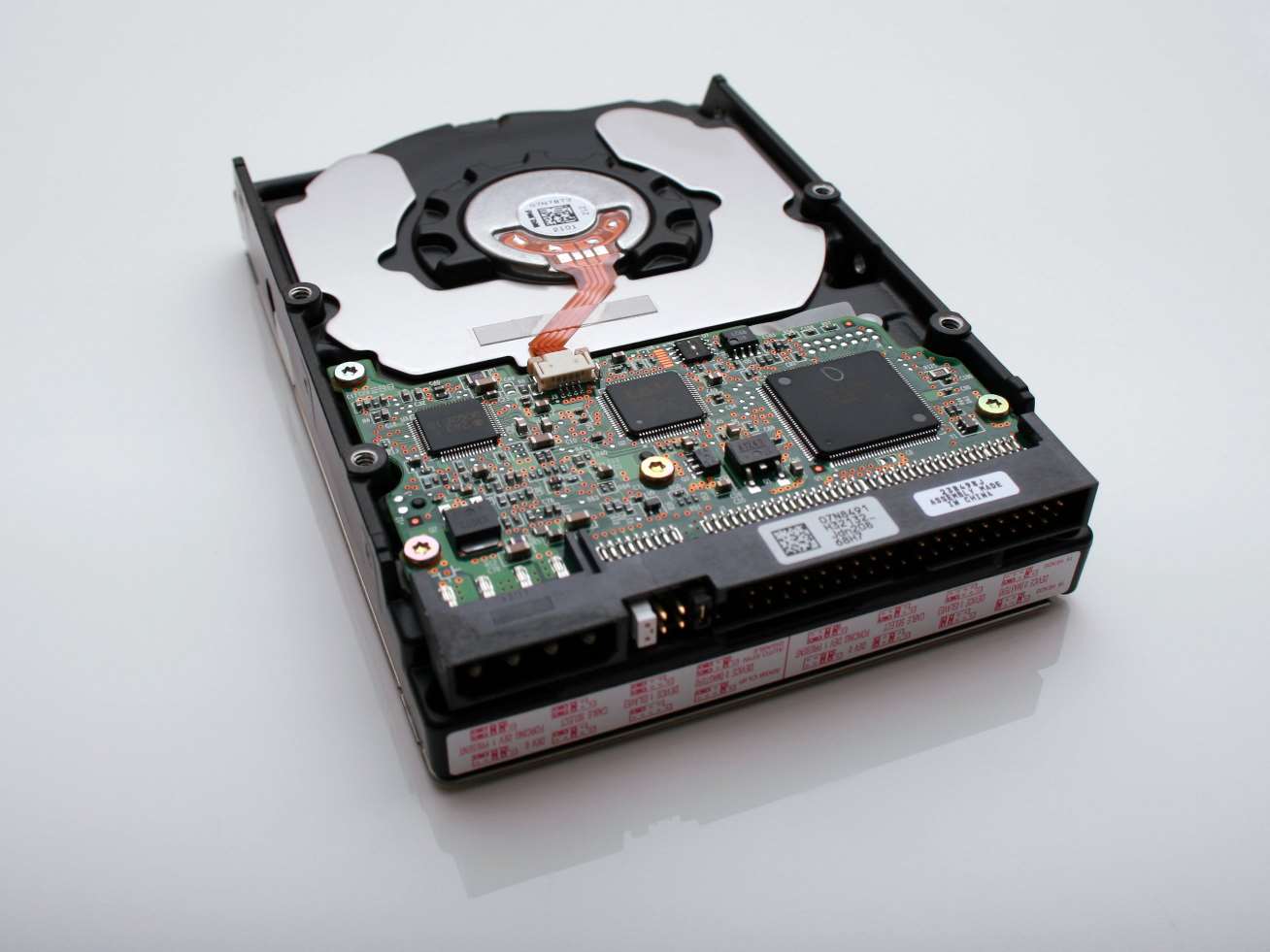If you opened this page, chances are you’re desperately in search of answers so you don’t regret your actions later or are just genuinely curious about the possibility of swapping hard drives between laptops. Whichever category you’re in, rest assured you’ll get the answers to those lingering questions in this article.
Generally, the idea of swapping hard drives between laptops can be worrisome and scary, which is absolutely understandable. I mean, what if something goes wrong? What if I lose my files? The questions are endless. But worry no more; we got you covered.
What is a Hard Drive?
A hard drive, often known as a hard disk drive, is an electromechanical data storage device that stores and retrieves digital data, the operating system, programs, and data files like documents, photos, and music, using magnetic storage and one or more stiff fast-rotating platters covered with magnetic material.
So yes, all your data is stored on your laptop’s hard drive. Your next question will most likely center on the possibility of salvaging your information from your hard drive. Guess what? You can swap out the hard drive between laptops, and the idea of losing so much flies right out the window.
Can you swap hard drive between identical laptops
Short answer, yes. If the two laptops are identical, you have nothing to worry about. They have the exact specifications, so you will not need to update or upgrade any of the parts. The sizes of the hard drives also remain the same between the two laptops.
For instance, if both laptops have 4GB of RAM with identical hardware components, then data migration will be a breeze. The only thing you might not be able to do will be to transfer previously installed applications.
So, it’s like this; although all the information from your previous laptop is stored on your hard drive, the applications and software are not. Instead, the said software or application file exists in the hard drive, to be re-downloaded when all of the information has been transferred to the new laptop…
Here’s a quick play-by-play to walk you through how to swap hard drives;
NB: You should be able to find your way around a laptop computer before trying this out, i.e., if you don’t want to end up with two spoilt laptops on your hands.
- STEP 1: Both laptops should be turned off. They should also not be connected to a source of power.
- STEP 2: Turn both laptops over, with the bottom part facing towards you. Then open it up and remove the battery.
- STEP 3: With a screwdriver, remove the screws holding down the hard drive in both laptops. Remember to keep the screws safe and accounted for.
- STEP 4: Proceed with removing and swapping the hard drives.
- STEP 5: Replace the screws, battery, and cover.
- STEP 6: Startup your new laptop and follow any steps as instructed.
PS: After you’ve completed transferring the items you want to save, you are free to keep the old hard drive in the new system, reformat it, and use the extra disk space for whatever you like.
Swapping hard drive between two different laptops
This might be a bit tricky because, unlike with identical laptops, swapping between two different laptops might not be so straightforward. But that doesn’t mean it’s impossible. So, yes, it’s possible to swap hard drives between two different laptops, but there are a couple of conditions or precautions.
- CONDITION 1: Although they are different laptops, the specifications should not be that different from each other.
- CONDITION 2: Make sure the hard drives have similar sizes to fit in without any hassle.
To carry out the actual switching of hard drives, you can follow the same process as you would if you were swapping between identical laptops. See the subheading above for details.
Moving forward, it’s worthy of note that because both laptops are from different brands, they may have different CPU hardware, RAM capacities, and SSD storage. When you power up the new laptop with your hard drive, your operating system will recognize that it’s a different computer and begin installing the new essential drivers. Reinstalling the Operating System is the easiest way to avoid any delays or slow operations after rebooting your laptop.
Swapping hard drives between laptops without losing data
This is an important consideration when switching hard disks between computers. Converting your hard disk drive to an external hard drive is the simplest approach to avoid a situation like this. By simply inserting the hard disk into a USB drive case, you save yourself from any unexpected problems. There are just two considerations with this strategy.
- Drive size: When choosing a proper enclosure, the drive size is critical. You don’t want anything that is too large or too little. The external enclosure you chose must be able to accommodate the physical dimensions of the old drive you intend to install.
- Drive interface: The drive interface is as follows; The most common disk interfaces are SATA and IDE. SATA interfaces are almost always found on newer machines, and even if they aren’t, more modern devices feature SATA connectors. You may come across IDE, particularly on older laptops. You’ll need to get an external drive enclosure that works with your drive.
You’re good to go once these two prerequisites are examined and addressed. Connect the disk to your laptop via USB after installing it in the new enclosure, and voila, all your data is back like it never left.
Wrapping Up
It’s great that you can swap hard drives between laptops without having to worry about losing major data. So rest assured if you’re in this boat, your information is definitely safe and ready to be accessed whenever you need it.

